By Kelly Hangauer
You will be happy, very happy indeed, to know that the John B. Gage Audio Omeka site is finally completed. As I write this, I am imagining thunderous applause filling up the room. I look up, just like John Gage did at his inauguration ceremony of 1940, and I see the people on the balcony rising to their feet. They are smiling, laughing, hollering . . . everything is in slow motion.
They are cheering for me and you, John Gage. Their cheers, caught by the KMBC microphone, set in vinyl, saved by you and your family over the years, saved by the Marr Sound Archives, and now finding a new life in the digital platform of Roy Rosenzweig’s Omeka site. The journey is confounding, and it is surely not over.
As you navigate the site there are a couple things to keep in mind. These audio samplings are mere samplings and represent a much vaster collection of recordings that you can find at the Marr Sound Archives. While ironing has been attempted, there are still some wrinkles within the site most obvious of which is the fact that clicking on the John B. Gage picture at the top of the page will take one back to the UMKC University site. Try to stay within the lines of navigation located on the right. Also, I know I can include more text for better context.
Otherwise, it has been fun. Let me know what you think! I will look for you at the American Royal, standing next to Ruth Hussey eating barbeque.

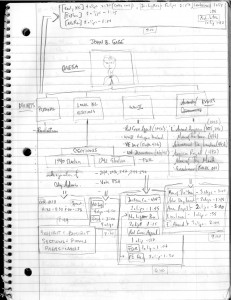
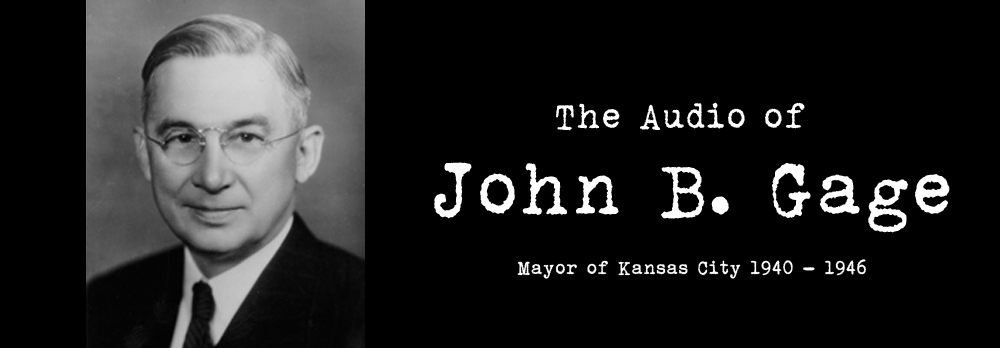

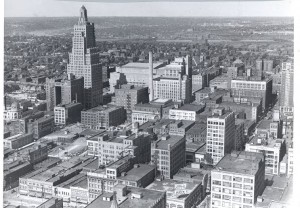
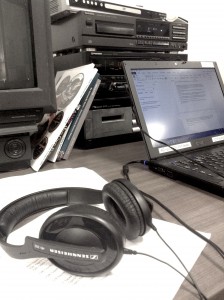
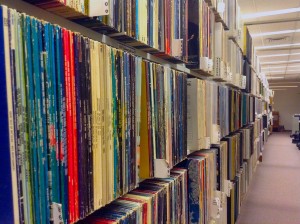
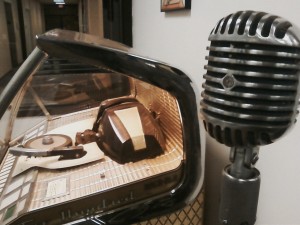 My name is Kelly Hangauer. I am a senior at UMKC and I will be graduating with a History B.A. and German Studies minor in May 2015. This semester I am embarking on an archiving internship that will focus on the John B. Gage collection. So you know, John Gage was the mayor of Kansas City from 1940-1946 and was a part of the reform movement that “cleaned up” local government after years of economic and political misrule under Tom Pendergast. Housed in the Marr Sound Archives, Gage’s collection of records, cassettes, and reel-to-reel tape will hopefully offer greater insight into this important time in Kansas City history.
My name is Kelly Hangauer. I am a senior at UMKC and I will be graduating with a History B.A. and German Studies minor in May 2015. This semester I am embarking on an archiving internship that will focus on the John B. Gage collection. So you know, John Gage was the mayor of Kansas City from 1940-1946 and was a part of the reform movement that “cleaned up” local government after years of economic and political misrule under Tom Pendergast. Housed in the Marr Sound Archives, Gage’s collection of records, cassettes, and reel-to-reel tape will hopefully offer greater insight into this important time in Kansas City history. The second I walked into the Marr Sound Archives, I knew I had made the right decision. Inconspicuously placed in the bottom floor of the Miller Nichols Library, the Marr Archives is a gold mine; its contents include hundreds of thousands of recordings of popular and obscure music, government programs, radio broadcasts, oral histories…the list goes on.
The second I walked into the Marr Sound Archives, I knew I had made the right decision. Inconspicuously placed in the bottom floor of the Miller Nichols Library, the Marr Archives is a gold mine; its contents include hundreds of thousands of recordings of popular and obscure music, government programs, radio broadcasts, oral histories…the list goes on.